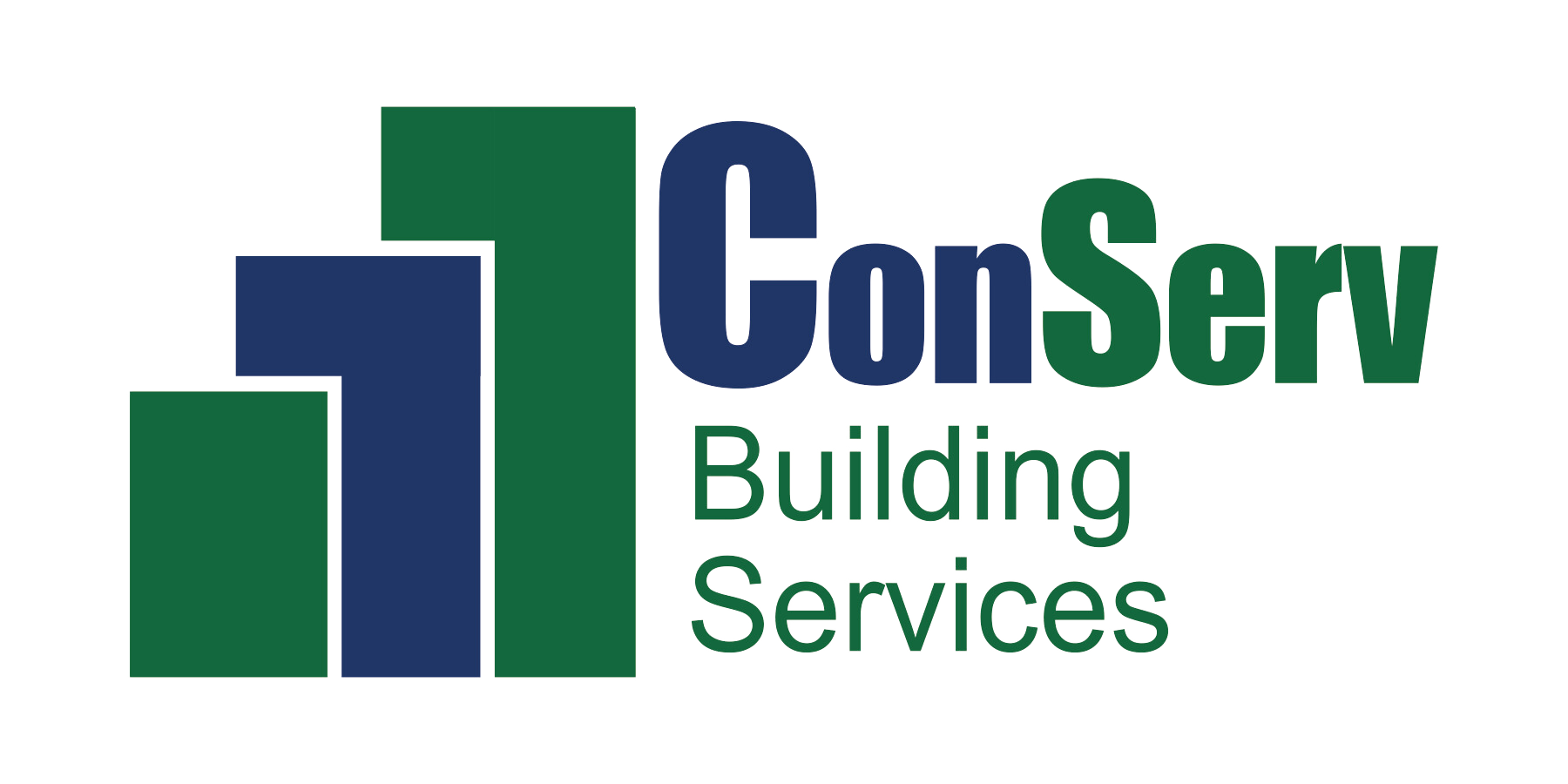In the quest to save energy, it is important not only to heat and cool a building efficiently, but also to keep those energy dollars from escaping too easily. Large amounts of conditioned outside air must be supplied to modern buildings to ensure indoor air quality. The need to transfer cooling from air being exhausted, to air being brought in has caused a rise in the popularity of two ‘heat recovery’ methods: enthalpy wheel and platetype heat exchangers.
Enthalpy Wheel
In an enthalpy wheel, cooler and drier building air enters one side of a rotating wheel that turns through the exhaust airstream. The wheel is cooled and its desiccant coating is dried out. This part of the wheel is then rotated into the outside airstream where it absorbs heat and humidity which helps to pre-cool and dry the incoming air. The air is further cooled and dried by conventional methods. These desiccant heat wheel systems can substantially reduce the cooling load required by the outside air, so the
overall capacity of the equipment can be reduced. While being very efficient, enthalpy wheels can have a relatively short service life and also require a significant upgrade in fan capacity due to increased static pressures.
Plate-type
Plate-type heat exchangers have the advantage of having no moving parts, but are less efficient. Most are heat recovery only models where humidity is not affected, although some units are available that feature the use of desiccants. With plate-type heat exchangers, alternating layers of plates are sealed so that the air streams will cross each other’s path, but not mix together. Energy savings will depend on unit design and the efficiency of the materials used, but both first-cost and long-term energy usage are reduced. First cost savings are realized by the reduced capacity of new equipment, and longterm savings come from the simplicity of the concept and long service.
ConServ Building Services, LLC provides excellent commercial HVAC, refrigeration, plumbing, and general construction services to businesses across the Southeastern United States. To learn more about ConServ, visit www.conservonline.com.
